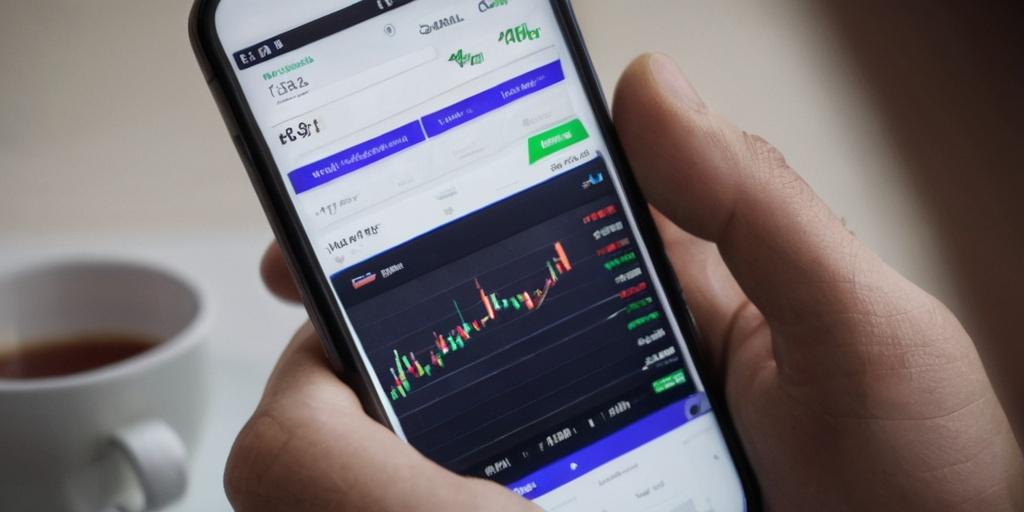Key Take Aways About CFDs (Contracts for Difference)
- CFDs allow trading on price movements without owning assets.
- Leverage magnifies both gains and losses.
- Margin calls can lead to forced position closures.
- Costs include spreads, overnight fees, and potential commissions.
- CFDs offer flexibility and access to diverse markets.
- Risks involve leverage, volatility, and counterparty risk.
- Risk management is crucial; use stops and avoid over-leveraging.
- Popular strategies: day trading, swing trading, and scalping.
- Choose brokers based on regulation, platform quality, and support.

Understanding CFDs
Contracts for Difference (CFDs) are getting popular among traders for their flexibility and potential for significant returns without the need to own the underlying asset. It’s a kind of financial derivative that lets you trade on the price movements of various financial markets, including forex, commodities, stocks, and indices. The primary allure? You can go long or short without having to own stuff. Just a word of caution though—you can lose as much as you gain, or more.
How CFDs Work
The whole concept revolves around speculation on price changes. You basically agree to exchange the difference in price of an asset from the point you open the contract to the point you close it. If the difference is in your favor, you profit. If it’s not, well, you lose.
Leverage in CFDs
Now, leverage is a big deal here. It allows you to trade positions much larger than your own invested capital. Sounds dreamy, right? Well, it can amplify your gains, but it’s got a darker side too—it also magnifies your losses. Most brokers provide leverage ratios for different markets, sometimes up to 30:1. This means with $1000, you could control a position of $30,000.
Margin Calls
With great leverage, comes great responsibility, and here enters the mortal enemy of traders—margin calls. If your account equity falls below the required maintenance margin, your broker’s gonna call. Not a ‘how you doing?’ kind of call, but one that means you need to either deposit more funds or close positions to free up margin. Ignoring it? It’ll lead to automatic closing of your positions.
Costs and Fees
CFDs don’t come free. You’ve got the spread to consider, which is the difference between the buy and sell price. Then there are overnight fees if you hold positions open past the trading day. Some brokers also charge commission on trades, especially in shares CFDs.
Spread and Commission
The spread is your starting line—after you open a position, you’ve got to overcome this to make a profit. A small spread means you break even quicker. Some brokers charge a commission per trade, but usually, this is for shares and not other markets.
Overnight Financing
Keeping positions open overnight incurs a fee, sometimes called a swap rate. It’s essentially an interest expense for the money borrowed through leverage. Be mindful of this if you’re holding positions long term.
Advantages of CFDs
CFDs offer flexibility and allow trading on price movements without the need for ownership. You can trade in both rising and falling markets. There’s no stamp duty to pay as you’re not really buying the asset. Traders also love the extensive range of markets they can access, from stocks to forex.
Risks Involved
It’s not all rainbows and butterflies. CFDs are inherently risky due to leverage, which, as we’ve discussed, can lead to substantial losses. The markets can be volatile. And then there’s counterparty risk—the risk that the broker might fail to meet its financial obligations.
Risk Management
Having a risk management strategy is non-negotiable. Set stop losses, use guaranteed stops if available, and never risk more than you can afford to lose. Keeping your trading account healthy also means not over-leveraging.
CFD Trading Strategies
Successful CFD trading demands a plan. Day trading, swing trading, and scalping are popular strategies. Each requires understanding market conditions and your own risk tolerance.
Day Trading
Day trading involves entering and exiting positions within the same trading day to capitalize on small market movements. This strategy avoids overnight fees but demands a keen eye on market trends.
Swing Trading
Swing trading is more about catching chunks of price movements over several days or weeks. It requires patience and a solid understanding of market trends and technical analysis.
Scalping
Scalp trading means making multiple trades a day for small profits. It requires concentration and discipline, as traders need to respond quickly to short-term market fluctuations.
Choosing a CFD Broker
Selecting a broker isn’t just about low fees. Assess their regulatory standing, customer support, and the trading platform. Check the ease of use, speed, and the tools they offer. Some platforms are notoriously slow or crash-prone, and in trading, speed matters.
Regulation
Make sure the broker is regulated by a recognized body. Regulation provides a safety net, ensuring the broker adheres to the industry’s ethical standards.
Platform and Tools
Your broker’s platform should be intuitive and robust. Good tools for technical analysis are a must. Ensure there’s access to real-time data and news feeds for effective decision-making.
In conclusion, CFDs offer exciting opportunities for traders, but they come with risks that shouldn’t be overlooked. Educating yourself, practicing sound risk management, and choosing a reputable broker are essential steps in navigating the CFD market. Remember, while profits can be big, so can losses, so trade wisely.